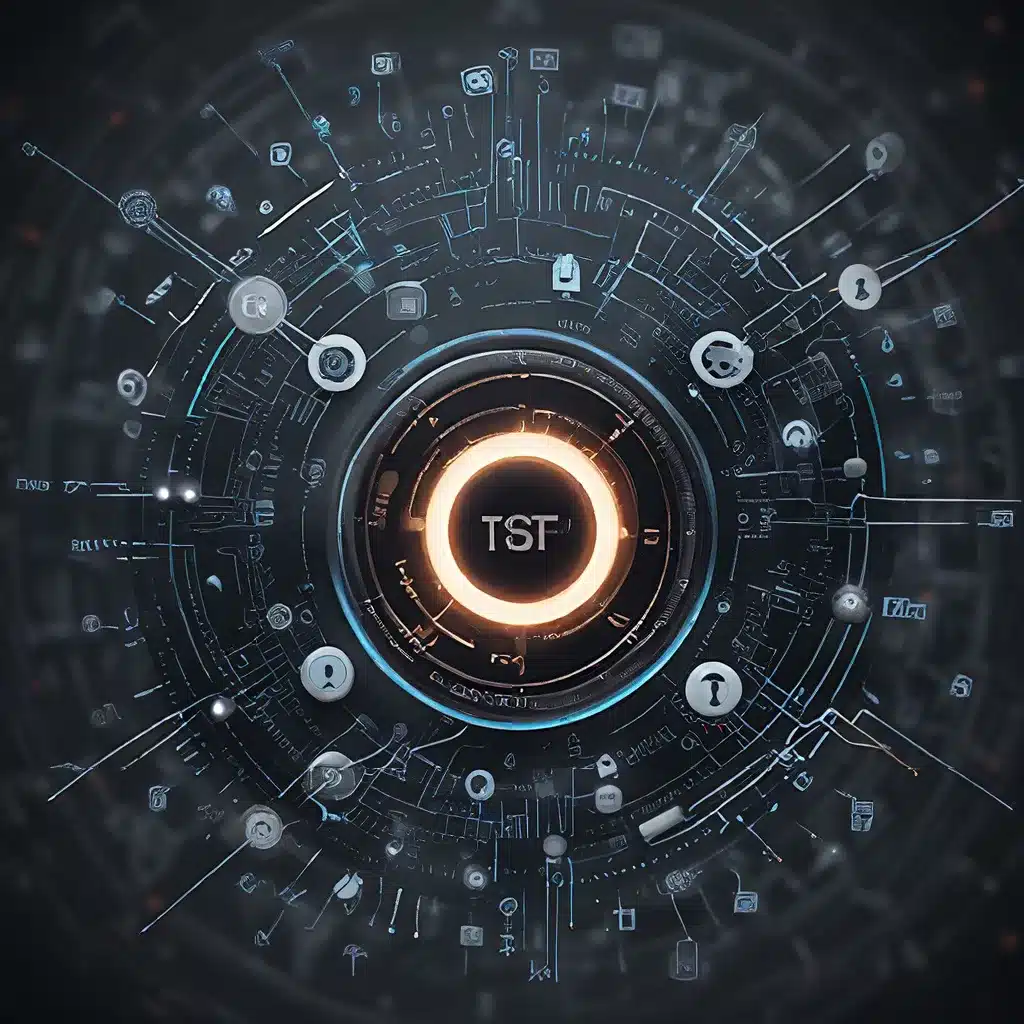
Unlocking the Potential of Sensor Networks: Optimizing IoT Data Management
As the Internet of Things (IoT) continues to revolutionize the way we interact with the world around us, the management and processing of sensor data has become a critical challenge. With the proliferation of connected devices generating vast amounts of data, efficient data reduction strategies have emerged as a vital component in IoT system design.
Adaptive sampling and compression techniques have emerged as powerful tools to address this challenge, enabling IoT systems to optimize data collection, transmission, and storage. These innovative approaches hold the key to unlocking the true potential of sensor networks, empowering us to harness the wealth of information they provide while overcoming the constraints of limited resources and bandwidth.
Adaptive Sampling: Tailoring Data Collection to Maximize Efficiency
At the heart of efficient IoT data management lies the concept of adaptive sampling. Traditional sensor networks often rely on fixed sampling rates, which can lead to the collection of redundant or unnecessary data. Adaptive sampling, on the other hand, dynamically adjusts the sampling frequency based on the changing conditions and evolving information needs of the system.
Recent research has demonstrated the significant benefits of adaptive sampling in IoT applications. By continuously monitoring the rate of change in sensor data and adapting the sampling frequency accordingly, IoT systems can reduce data volumes without compromising the accuracy and timeliness of the information collected.
This approach is particularly advantageous in scenarios where sensor data exhibits temporal or spatial patterns, such as in environmental monitoring, industrial automation, or smart city applications. By adjusting the sampling rate to match the dynamics of the monitored phenomena, IoT systems can optimize the balance between data quality and resource utilization, leading to improved energy efficiency and reduced bandwidth requirements.
Compression Techniques: Streamlining Data Transmission and Storage
Alongside adaptive sampling, compression techniques play a crucial role in IoT data reduction. As IoT devices generate vast amounts of data, the ability to efficiently transmit and store this information becomes a significant challenge, especially in resource-constrained environments.
Innovative compression algorithms have emerged to address this challenge, leveraging lossless and lossy compression methods to minimize the size of sensor data without compromising its essential characteristics.
Lossless compression techniques, such as Huffman coding or arithmetic coding, can reduce data size without any loss of information, making them well-suited for critical applications where data integrity is paramount. On the other hand, lossy compression methods, such as transform coding or predictive coding, can achieve even greater data reduction by selectively discarding less-significant information, often with negligible impact on the overall data quality and usability.
The choice of compression technique depends on the specific requirements of the IoT application, balancing factors such as data fidelity, computational complexity, and energy consumption. By integrating these compression strategies with adaptive sampling, IoT systems can optimize their data management processes, reducing the bandwidth and storage requirements while preserving the essential insights derived from sensor data.
Securing IoT Data: Safeguarding the Sensor Network
As IoT systems become increasingly ubiquitous, the security and privacy of sensor data have emerged as critical concerns. With connected devices collecting and transmitting sensitive information, robust security measures are essential to protect against unauthorized access, data tampering, and privacy breaches.
Cryptographic techniques, such as encryption and authentication, have been widely adopted to secure IoT data during transmission and storage. These methods, combined with access control mechanisms and secure device provisioning, help to safeguard the integrity and confidentiality of sensor data, ensuring that only authorized entities can access and utilize the information.
Moreover, the integration of edge computing and distributed processing strategies can further enhance the security of IoT systems. By performing data processing and analysis closer to the source of data generation, IoT architectures can reduce the attack surface and minimize the exposure of sensitive information to potential threats.
Energy-Efficient Designs: Powering the Future of IoT
The energy consumption of IoT devices is another critical factor that must be addressed in the design of sensor networks. With battery-powered or energy-harvesting IoT nodes, the efficient management of energy resources is essential to ensure the long-term sustainability and reliability of these systems.
Adaptive sampling and data compression techniques play a pivotal role in reducing the energy footprint of IoT devices. By minimizing the amount of data collected and transmitted, these approaches can significantly lower the power consumption associated with sensor operation, wireless communication, and data processing.
Furthermore, the integration of energy-efficient hardware and power management strategies can further enhance the energy efficiency of IoT systems. Low-power microcontrollers, energy-harvesting modules, and dynamic voltage and frequency scaling are some of the technological advancements that have contributed to the development of IoT systems that can operate for extended periods on limited power budgets.
The Future of Sensor Networks: Embracing Adaptability and Efficiency
As the IoT landscape continues to evolve, the role of adaptive sampling and data compression techniques in sensor network design will become increasingly crucial. These innovative approaches hold the promise of unlocking the full potential of IoT systems, optimizing data management, enhancing security, and improving energy efficiency.
By embracing these technologies, IoT developers and researchers can build the next generation of sensor networks that are adaptable, efficient, and responsive to the ever-changing demands of the connected world. As we further explore and refine these techniques, we can reshape the future of IoT, empowering a new era of data-driven decision-making and transformative technological advancements.
Explore the possibilities of sensor networks and IoT on the sensor-networks.org website, where you can find cutting-edge research, industry insights, and resources to stay at the forefront of this rapidly evolving field.